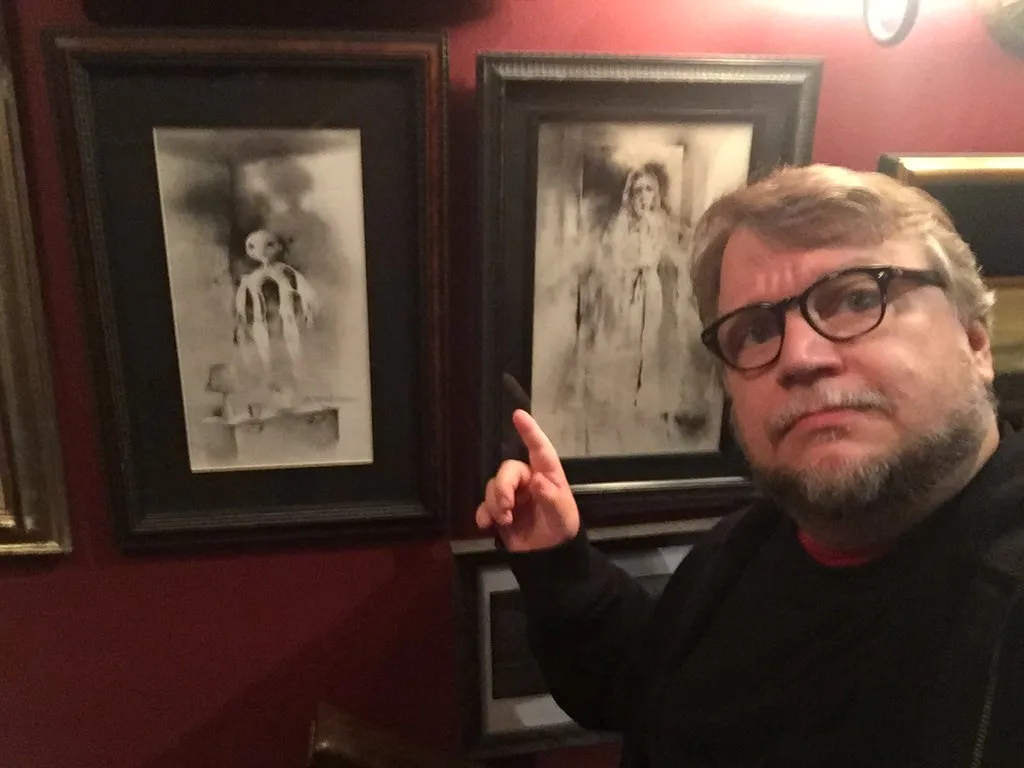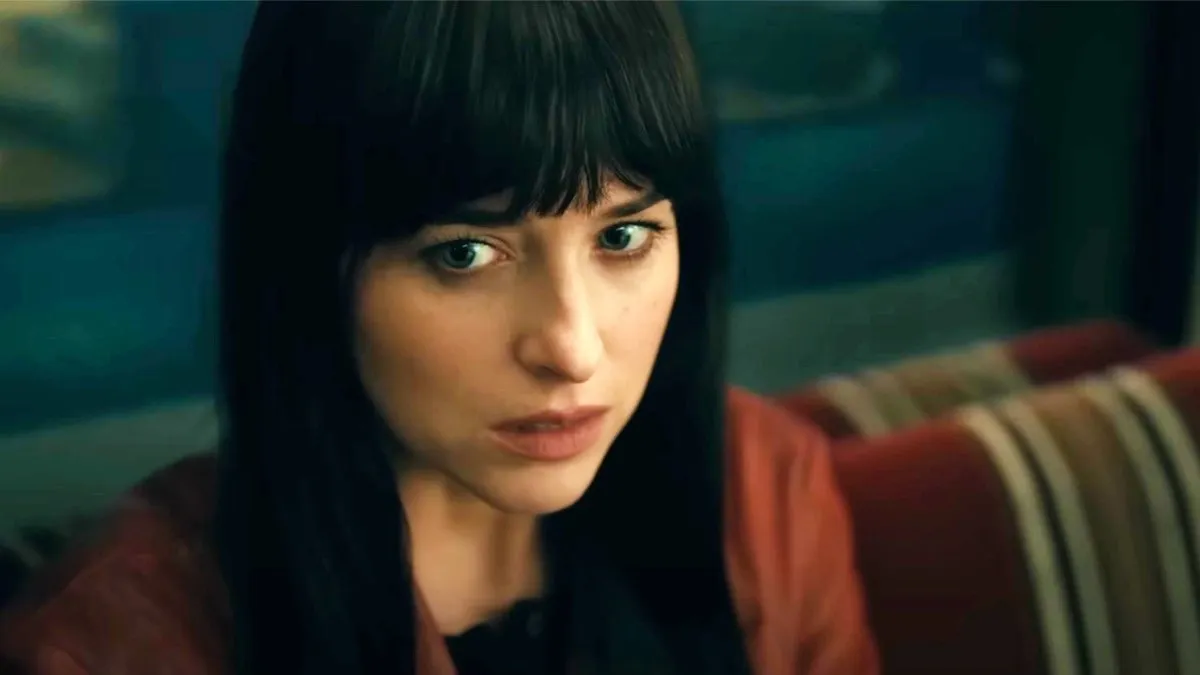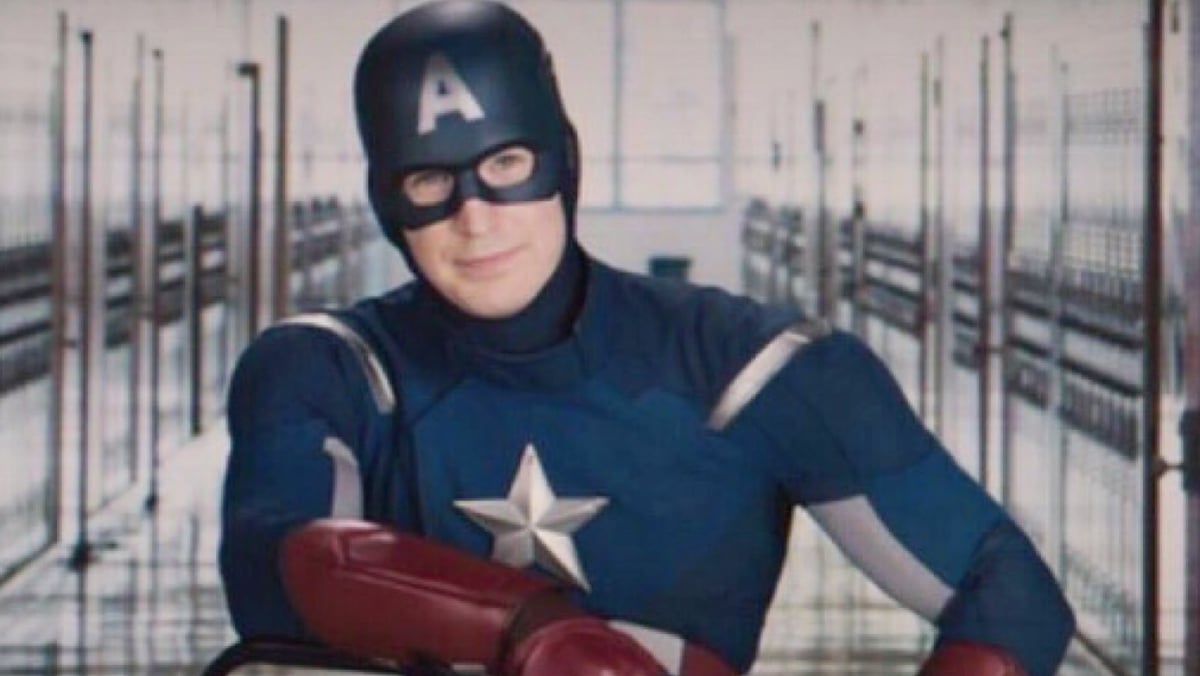13 Tweets about monster creation. 1: When an artist has an imbalance between beauty and tragedy, or rage, in his/her sense of self-
— Guillermo del Toro (@RealGDT) April 16, 2017
If you’re not already following Guillermo del Toro on Twitter, you should do so immediately. The director, who’s created some of the most iconic monsters of contemporary cinema and has an exhibit touring titled “At Home With Monsters,” recently sat on a bench in Paris and tweeted 13 tweets on monsters. It ended up being a bit more, but we’re not complaining.
It’s no secret that del Toro loves monsters, something he calls “one of the hardest forms of creation.” His process is interesting, and explores how monsters have been a source of both fear and fascination because they often come from within. With every part of their appearance an intentional part of the story, del Toro’s explanation gives us a look into how the Pan’s Labyrinth director has made so many memorable monsters.
You can click on the tweet above, but here’s his wisdom in full:
When an artist has an imbalance between beauty and tragedy, or rage, in his/her sense of self, it becomes quite likely that she/he will look inwards and find monsters as a way to reconcile the two.
Monster creation, to me, is one of the hardest forms of creation. When they are good and powerful they need to draw from a multitude of sources: Myth, literature, nature reference and our own spirit. An important distinction is tonal: the monster design must be of a piece with all other elements of the picture–both visual and aural. Imagine designing a fish and not providing it w a proper aquarium.
Such is the delicate task of designing a monster and its environment. It is a multi-layered task and one that uses image as a storytelling device. Like a piece of art, a glance at the monster tells you its story and purpose and what it represents.
No element must be accidental. First shape and outline, then it must be entirely expressive sculpturally. Painting comes next and it must be counterintuitive to sculpture–at odds with it sometimes. Remember: painting is 80% underpainting and layering. All painting and sculpting must be “proofed” from all angles by using a movable worklight. And front profile and back must be interesting on their own.
Full body and bust composition must reveal new values and then comes movement. Direct the actor like a performer and not an impersonator–give emotional, concrete cues: arrogance, innocence, majesty, etc. Always do so to convey character. A monster should change and reveal as you watch it. And at its core the vital spark; mystery.
Bonus: if you light and photograph your creation wrong, it dies on film.
Do you think the fish example is coming from his upcoming film The Shape of Water? We’ll have to wait and see. He elaborated on the original 13 tweets, adding:
Re: Monster painting tweets: When the paint job follows the script it’s akin to garage kit painting. To disobey the sculpt is to give life. Look at YOUR hands, your face, your feet. The vasculation and layers make pale greens, yellows, some pinks–all across all surfaces.
Final thoughts on Monsters as I wait on a bench in Paris: The very WORST monsters you can design are the ones you base on movie monsters that already exist. Its not a creation its a dilution. You derive but not give–creation without risk is chitter-chatter.
The final statement definitely rings true for del Toro’s work. Though he collects and loves older monsters, like Whale’s take on Frankenstein’s monster, his characters are, as he says, created. For instance, though Crimson Peak references and interacts with the Gothic genre, the ghosts were different with various colors and design that told us more about the story.
What did you think of del Toro’s lesson? Who are you favorite monsters?
(via Indiewire, image: screencap)
Want more stories like this? Become a subscriber and support the site!
—The Mary Sue has a strict comment policy that forbids, but is not limited to, personal insults toward anyone, hate speech, and trolling.—
Follow The Mary Sue on Twitter, Facebook, Tumblr, Pinterest, & Google+.









Published: Apr 17, 2017 03:54 pm